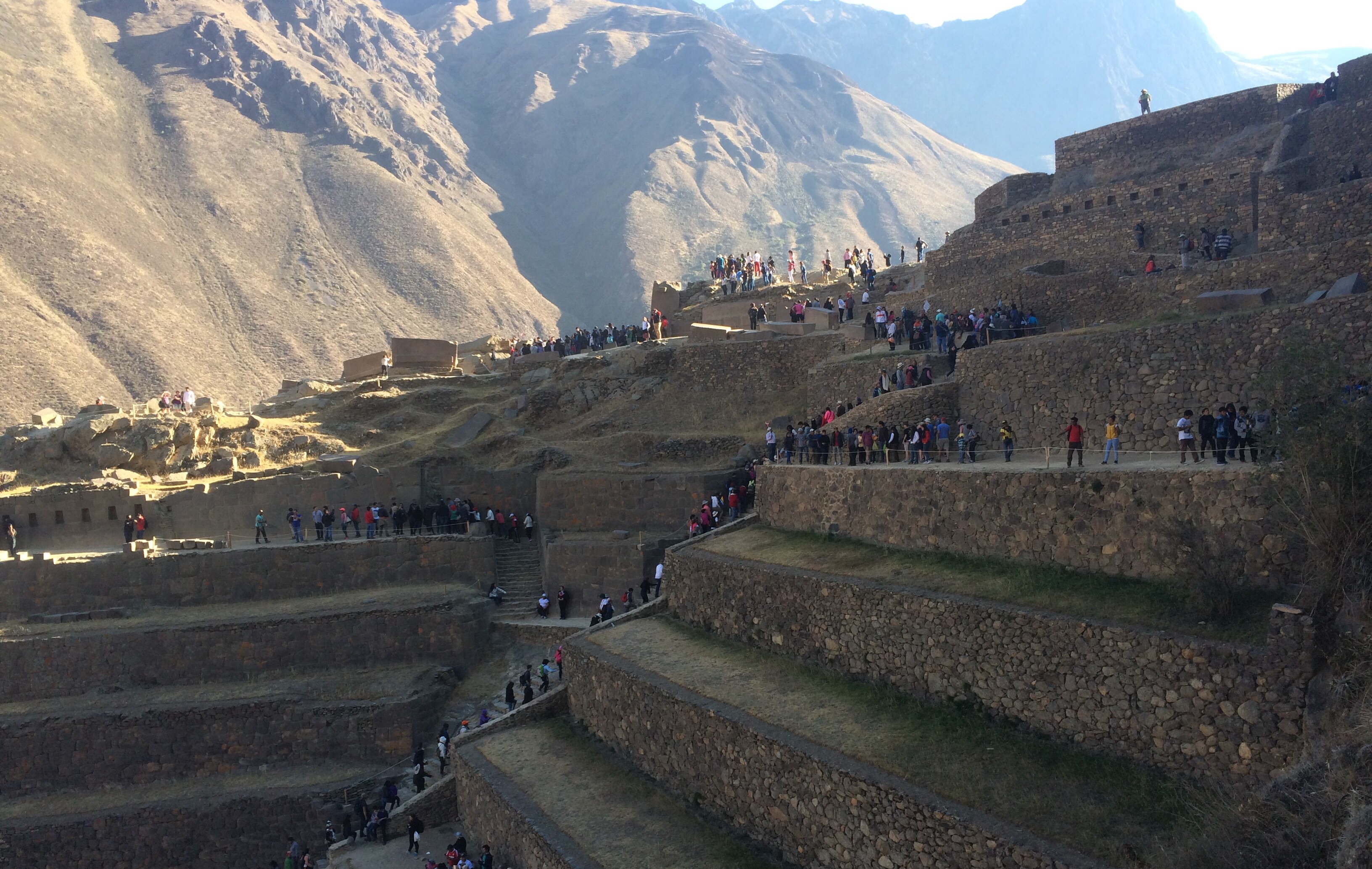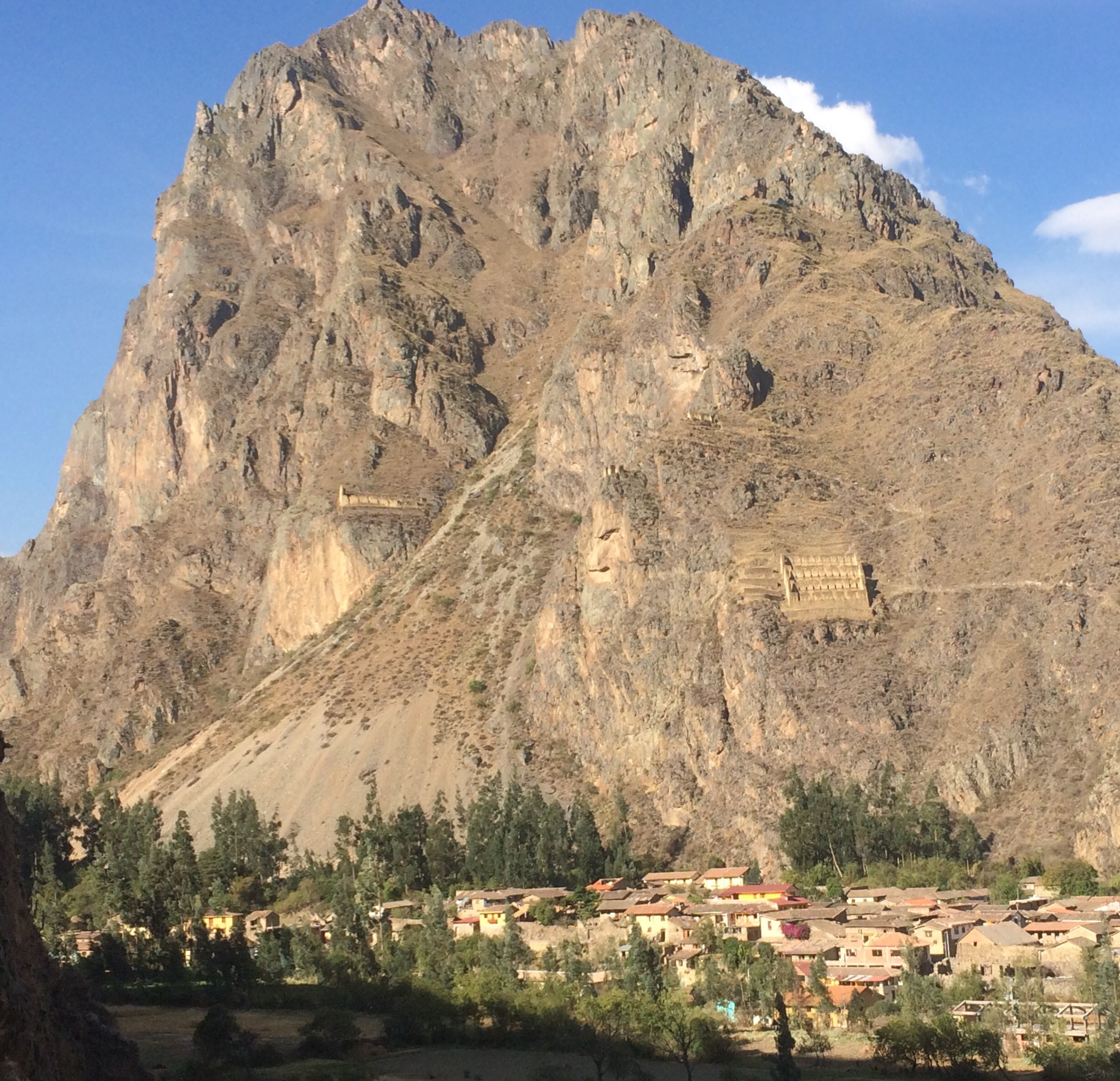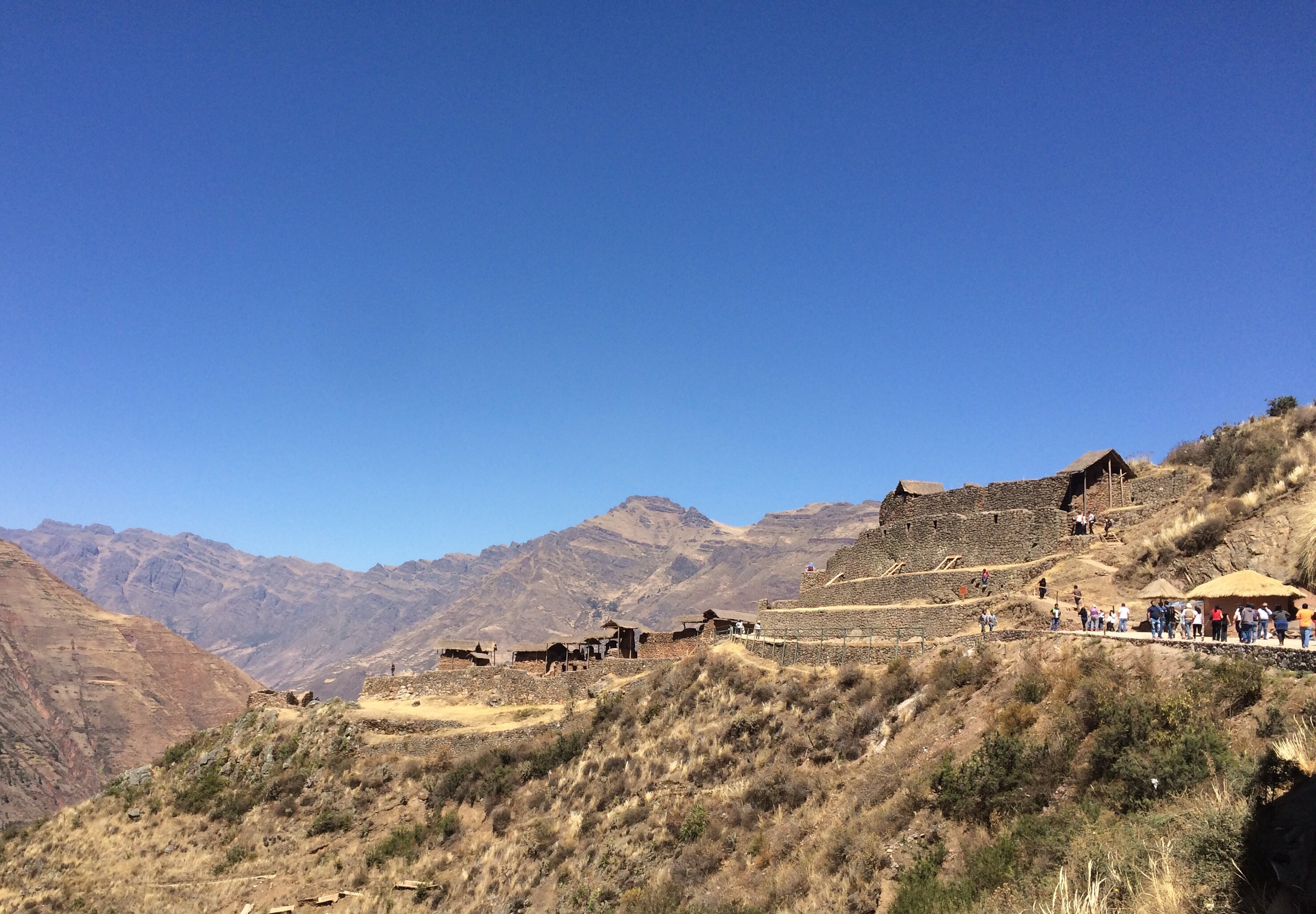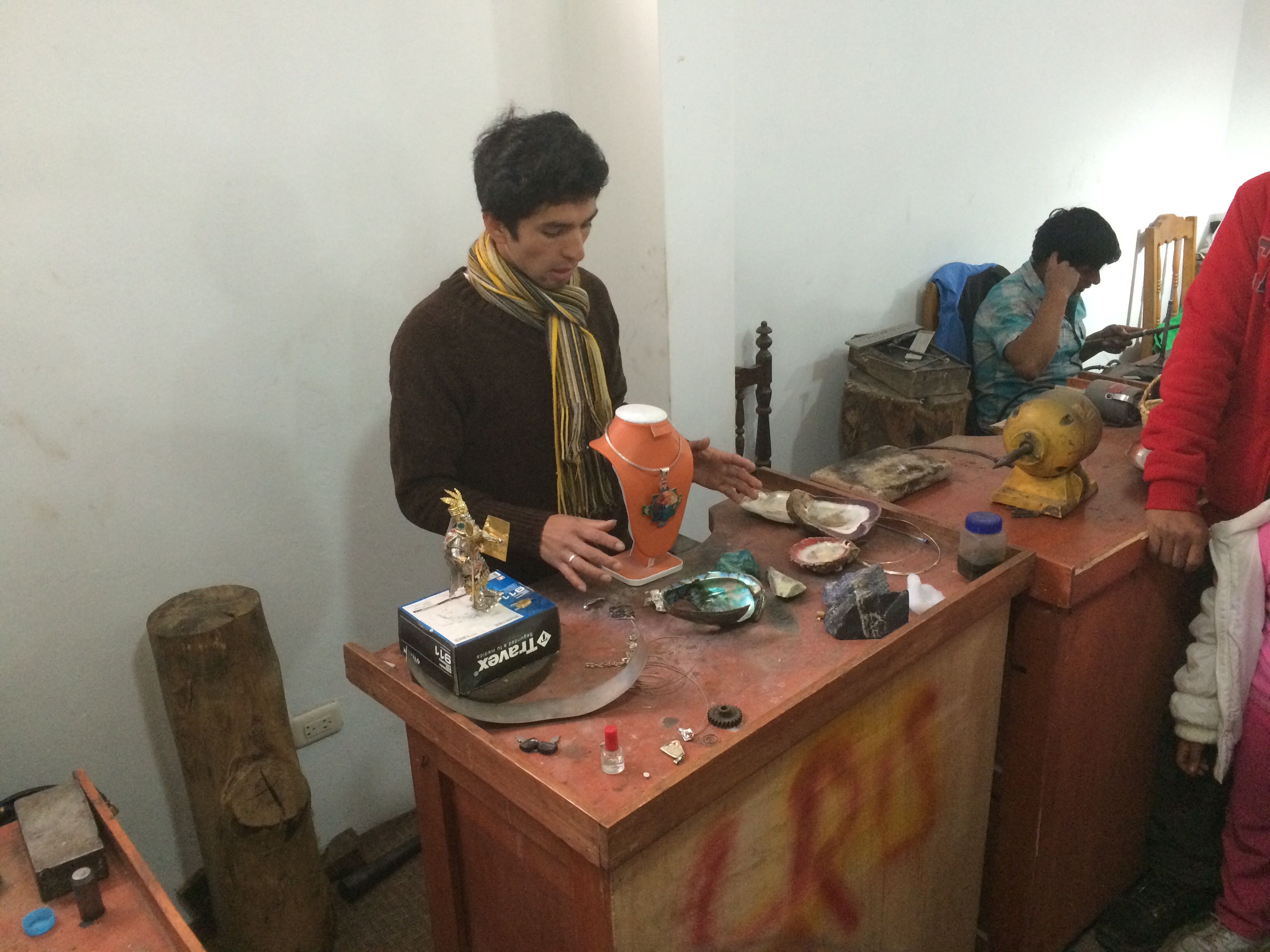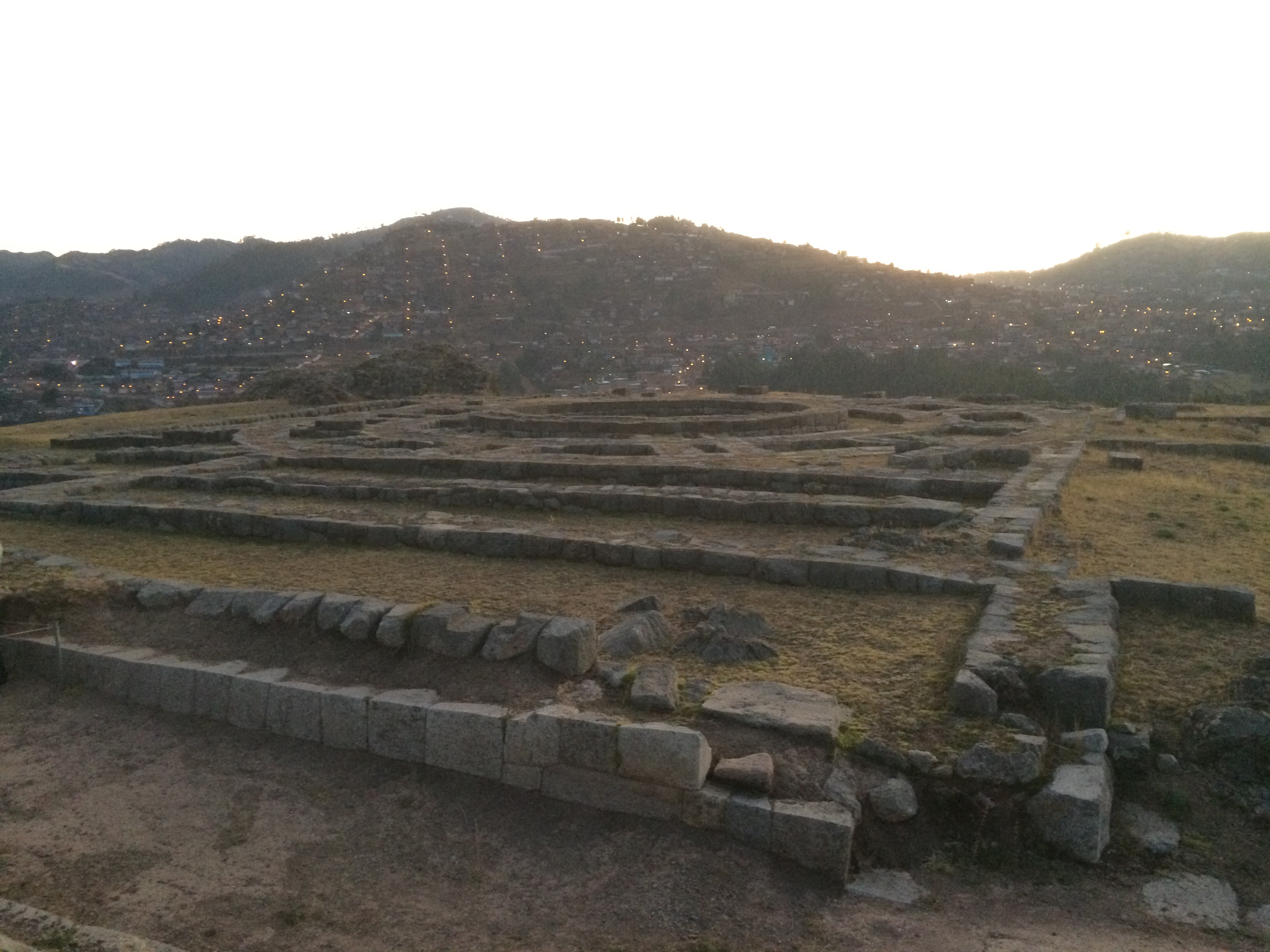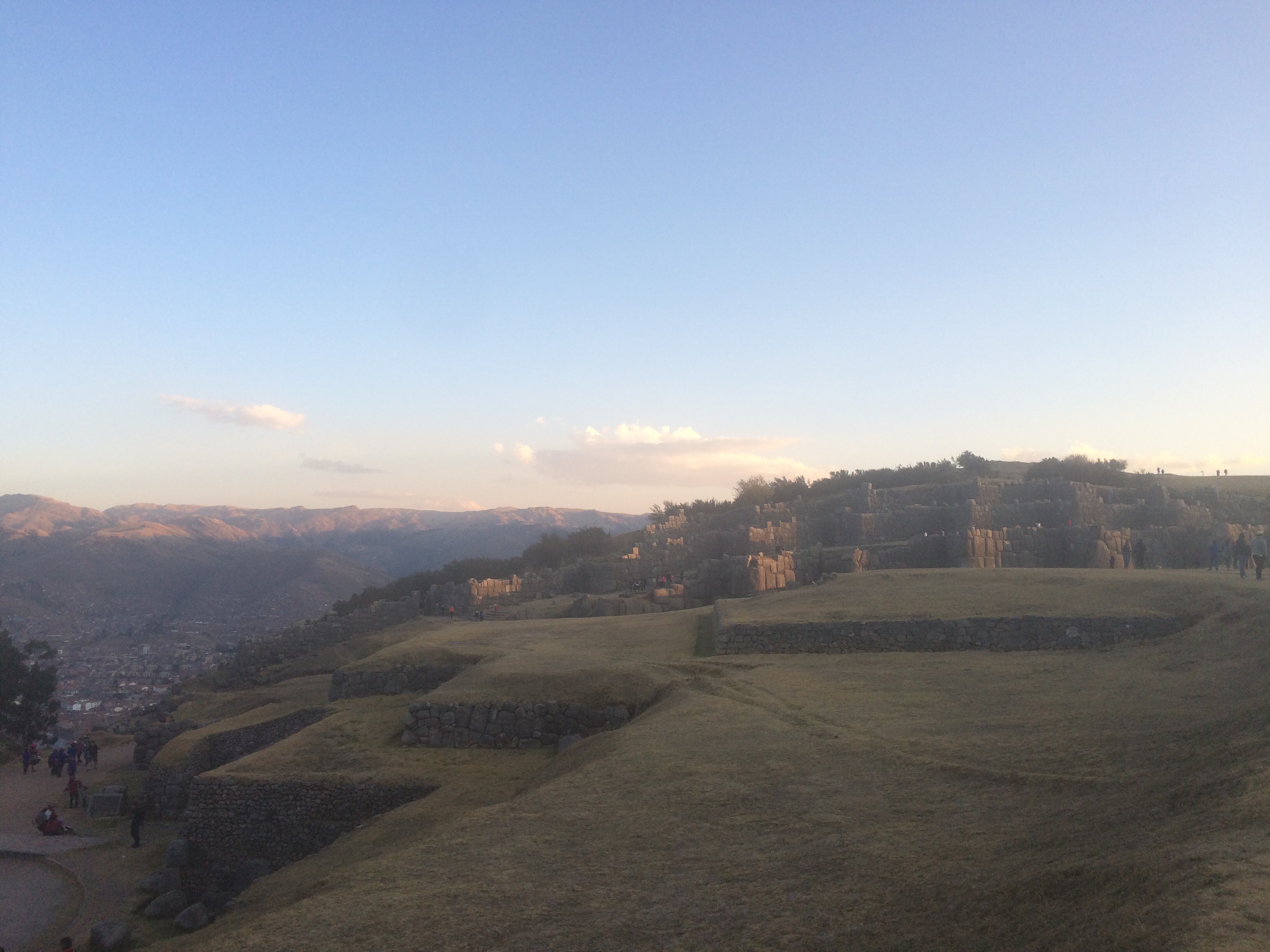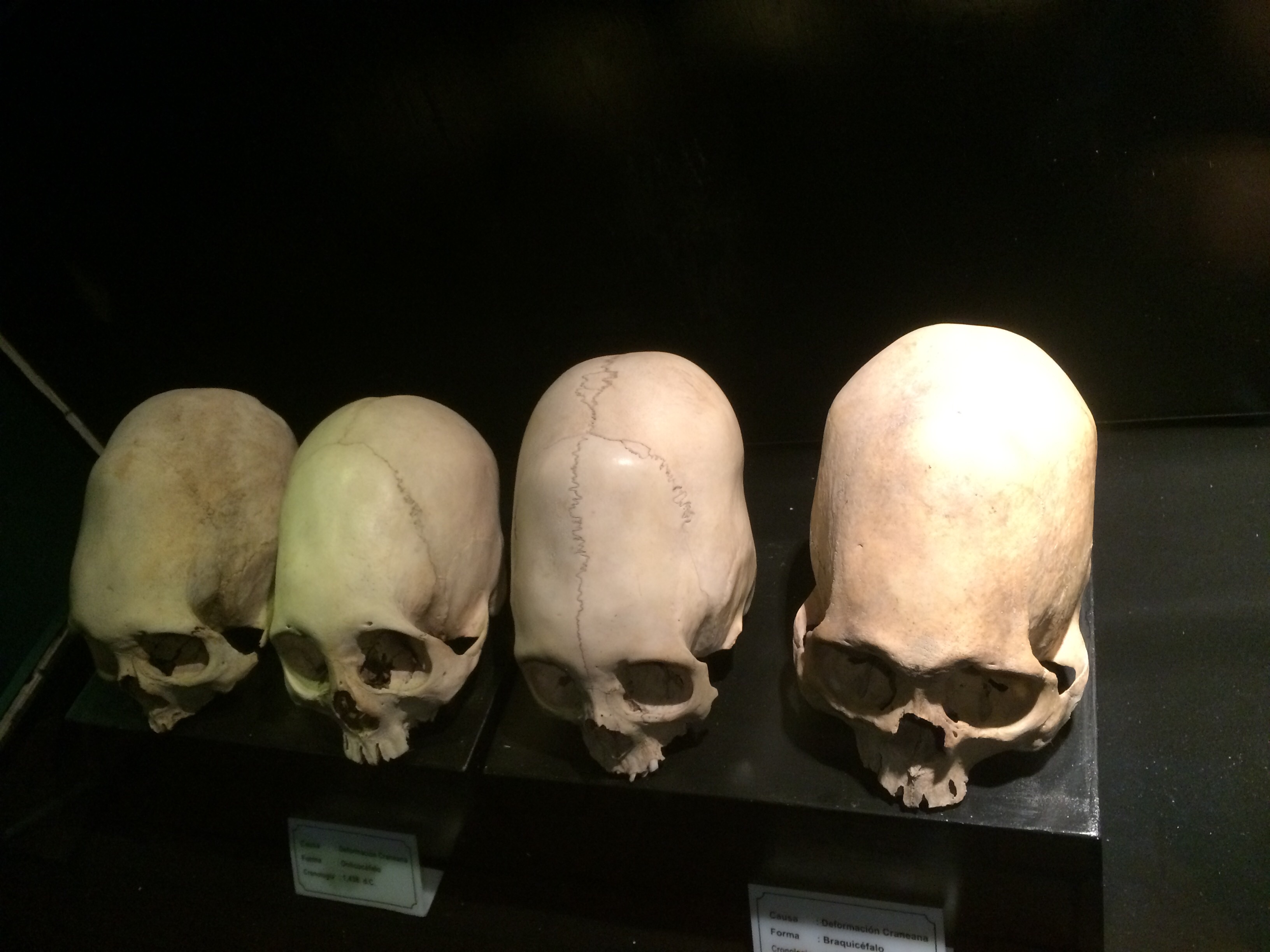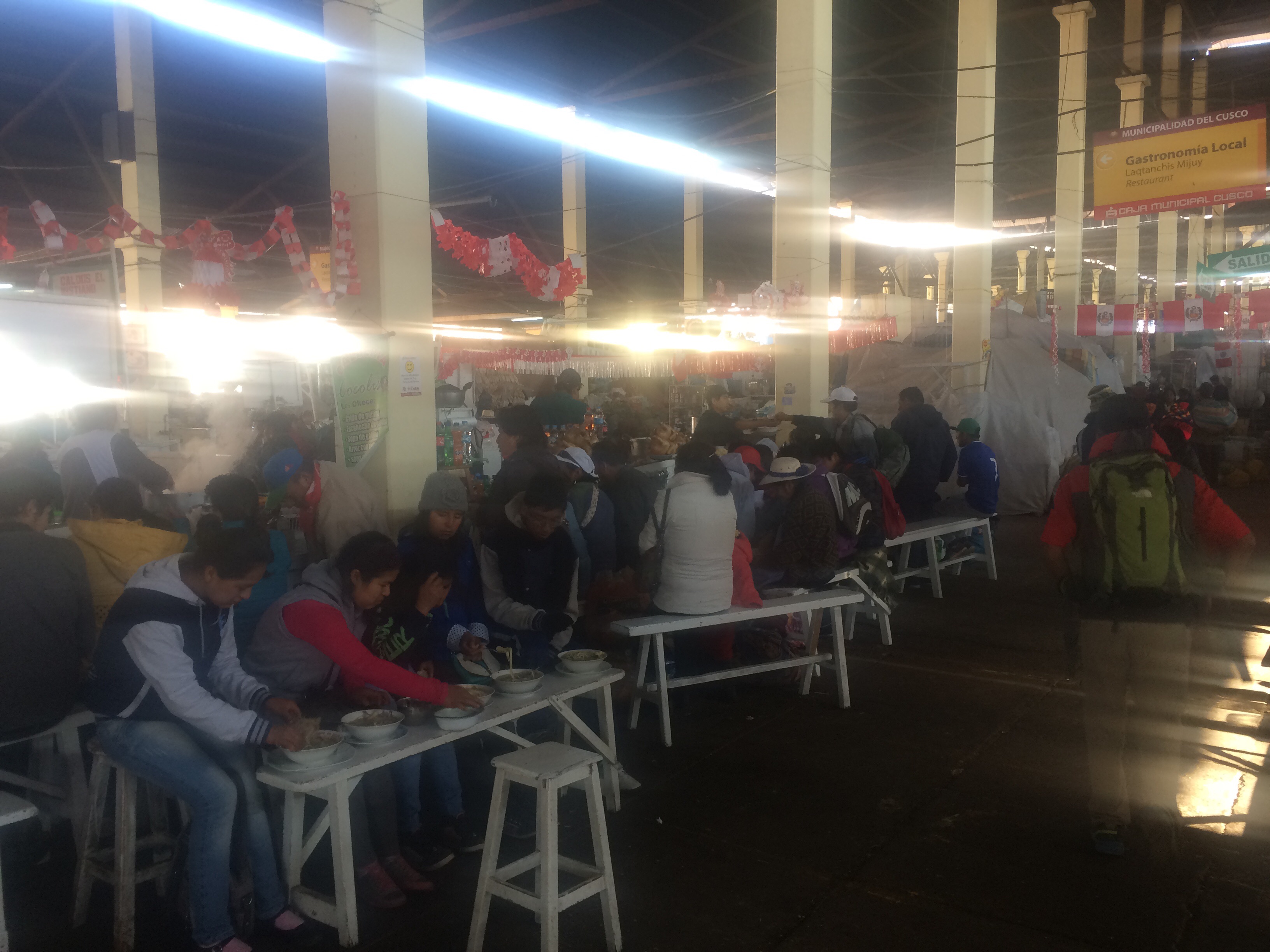Dél-amerikai kutató útról szóló kétnyelvű blog / Bilingual blog about a South American study tour
Alex is opening to the South
Cusco - Quillabamba - faces in the rock / arcok a hegyben
Cusco - Pisaq
Cusco - Pisaq jewellery / ékszerészet
2015.08.04. Valle Sagrado (Szent Völgy)
2015.08.04.
Valle Sagrado (Szent Völgy)
Pisaq
Az inka drágakő- és aranyművesség központja volt, itt készítettek az inka uralkodók ékszereit.
Am ezen kivül a hegyen lévő erődítmény körül több ezer múmia volt eltemetve, ezzel a kontinens legnagyobb temetője volt a maga korában. Ahol pedig múmia es temető van, ott arany, drágakő ésékszerek is. Ezert ezeket az inka birodalom bukása után igen hamar kifosztották, a múmiákat pedig elégettek. A városon belüli sírokban nem található nemesfém,hiszen azok a köznép sírjai voltak.
Quillabamba
Az építmények nagy resze, ahogy ez is 15. századi. A Nap temploma a legfontosabb resze, amit a gyarmatosítás soran elpusztítottak. A lépcsőzetes falak kizárólag az erózió megelőzése végett építették, nem folyt rajta komolyabb földművelés. A templom falait alkotó 20-40 tonnás köveket az illesztesnél tökéletesre csiszolták. Egyes részeknél a földrengések okozta károk megelőzésére a nagyobb kövek közé vékonyabb réteget tettek, igy a földmozgáskor a vékonyabb réteg tört össze,amit könnyebb volt kicserélni. A templommal szembeni hegyoldalba belevésték az egyik istenük arcmását. Ezen kivül úgy faragták ki a hegy masik oldalában egy inka harcos képmását,hogy a napsugarak az orra alatt junius 21-én (a legrövid napon a kontinensen) először a templomot érjék egy háromszög formájában. Emellett persze erődítmény is volt,a vad törzsek elleni védelem érdekében.
Chinchero
Inka varos volt, kétszer akkora mint Machu Picchu. A gyarmatosítás során rezervátum lett, ezért a helyiek megtartották a sajátos (inka) hagyományaikat és a vérvonalat, mivel tiltott volt a keveredés a város lakói és a gyarmatosítók között.
Az esti vacsora egy újabb helyi specialitás az alpaca (láma féle hegyi vad) steak volt a Marcelo Batata étteremben. Sokkal ízletesebb volt, mint a ropogósra sült tengeri malac...
04.08.2015. Valle Sagrado (Saint Valley)
04.08.2015.
Valle Sagrado (Saint Valley)
Pisaq
It was the famous centre of the Inca jewellery-making. Its stronghold used to guard the graveyards of the Inca mummies of the ruling class. They are more than 1000 graves here, this was the continent's biggest in that time. However, where mummies are, there are buried its jewels with them, that's why these graves were robbed very soon after the fall of the empire. Most of the mummies were burnt or destroyed.
Quillabamba
The most import building of the complex was the Sun Temple, built in the 15th century, as most of the Inca monumental cities and strongholds. The terraces here were built mostly against the erosion of the mountains, and not for agricultural use. The wall of the Sun Temple are made of stones 20-40 tons, which are matching perfectly, this style of construction is called "imperial". As protection against earthquakes the Incas put smaller stone-lines between the bigger stones, so during an earthquake the smaller stones were smashed not the big ones, so they could repair it faster and easier. Into the mountain opposite of the Temple they carved the face of the God of Mountains, and a face of an Inca warrior, who's nose was made so, that on 21st of June the morning rays of the sun was shining directly on the temple.
Chinchero
It was not an important Inca city. It became important after the Spanish colonisation, because it was a reservation for the rest of the Inca tribes, and the Spanish soldiers were forbidden to interfere or mix with the locals. These made a special protection for the Inca bloodline for centuries, which began to diminish only in the 20th century. However they still preserve the old customs, manufacturing techniques and language.
This night's dinner was exotic and delicious, much more than the roasted "cuy"... I tried in the Marcelo Batata restaurant the steak of alpaca, which is a type of wild lama of the mountains.
